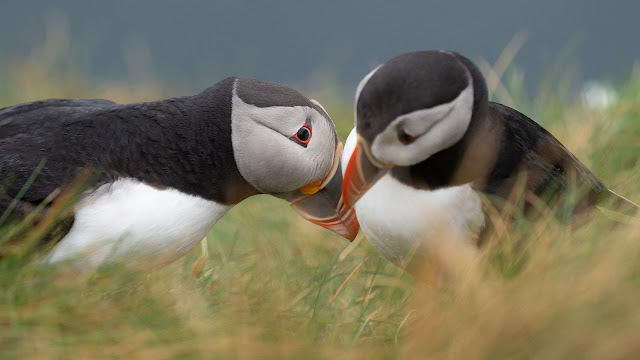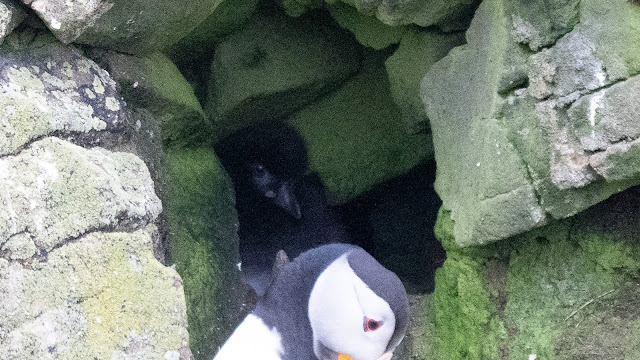A travelling month - mostly in Italy and in Austria, and almost entirely by train, or by rail replacement bus service.
Reporting Days: 31
Location: Mostly on trains
Distance Walked: 310 km
Distance Driven: 25 km
Distance Trained: 2600 km
In London
 |
| Big John (Betjeman) seeing us off at St Pancras International |
Boario in the Val Camonica
This was my sixth visit to Boario (and my sixth visit to the REGEN Centre, aka the European Parkinson's Therapy Centre in the last three years). It is entirely fair to say that without the Parkinson's diagnosis I wouldn't have ever heard of Boario - but I am very grateful for the opportunity to get to know the place and the people there (both at REGEN and at the Rizzi - our hotel of choice when in Boario).
After six visits I've pretty much settled on a preferred train route to get to Boario. An early Eurostar from London to Paris, followed by a direct afternoon train from Paris to Turin. That makes for a long travelling day, so I usually opt for a two night stop in Turin (a fabulous city to spend time in) before completing the journey to Boario, which involves changing trains in Milan and Brescia. Yes, I know it would be quicker and cheaper by plane, but you're going to have a tough job persuading me to take to the air for short-haul European travel. And one day there might even be a direct train from London to Turin or Milan.
 |
| Montecchio Bridge in Boario Terme |
 |
| River Oglio in Boario Terme |
 |
| Pisogne on Lake Iseo |
Pertisau by the Achensee
After a two week stay in the gym at REGEN, we usually give ourselves a reward of spending a wee bit of time in a mountain resort either in the Italian Alto Adige / Südtirol or in one the Austrian Tirol valleys.
This time we opted to go back to Pertisau on the Achensee (going back to see what had changed since our previous visits in May 2016 and February 2020). The train journey to the Tirol from Boario often is a bit messy (involving a few train changes). This time it required two long coach transfers in addition to three trains and a local bus (spread over two days!).
It was delightful to be back in Pertisau (and back at the Wiesenhof) - the previous visits were in early summer and in winter, this time it was full-on Autumn.
For the journey back to Oxford we opted for the 'easy' route involving overnight stops in both Zurich and Paris. The first leg included another Schienenersatzverkehr (rail replacement service) through the Arlberg Pass from Austria to Switzerland (not forgetting the Liechtenstein traffic jam we got stuck in!). It is entirely possible to do the journey from Pertisau to Oxford in two days, but that would mean missing out on a nice dinner in either Zurich or Paris.
 |
| Rofangebirge |
 |
| Falzthurntal |
 |
| Karwendel Bergbahn |
 |
| Sunset by the Achensee |
 |
| By the river Limmat in Zurich |
Back in Oxford
And it still looks like Autumn in Oxford too.
 |
| Autumn Colours in Bury Knowle Park, Oxford |
Next month?
Back to the wild North.

















































